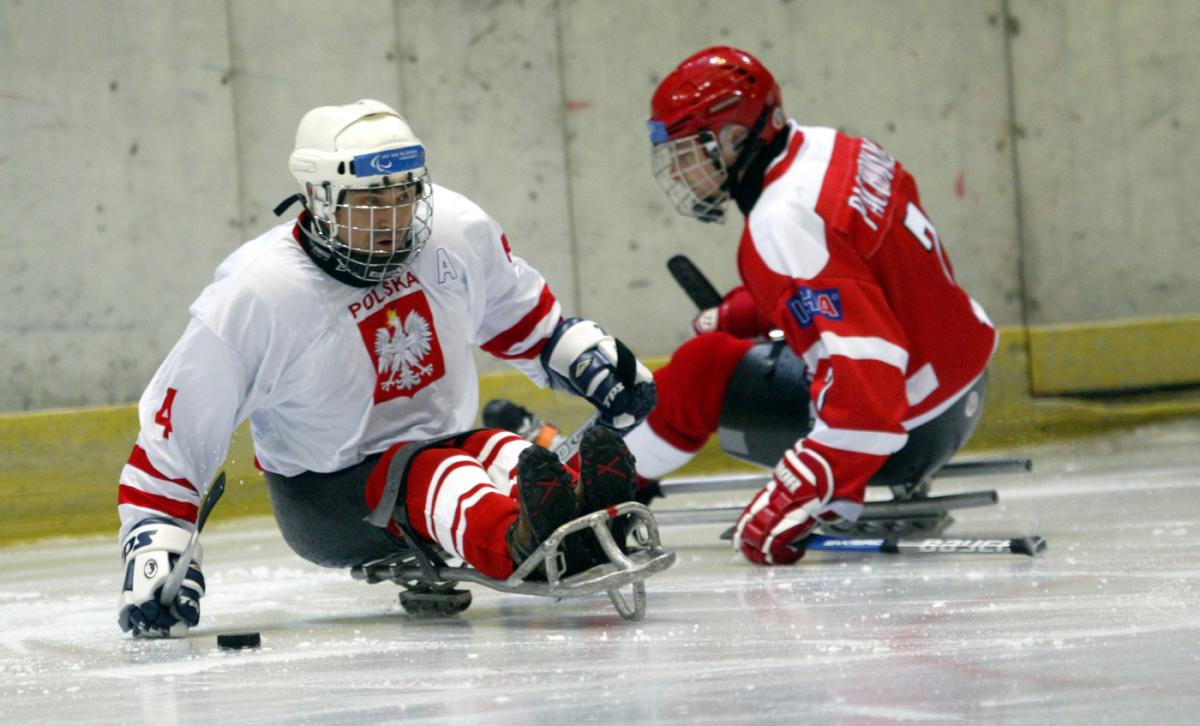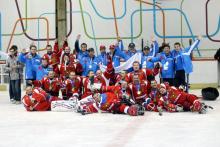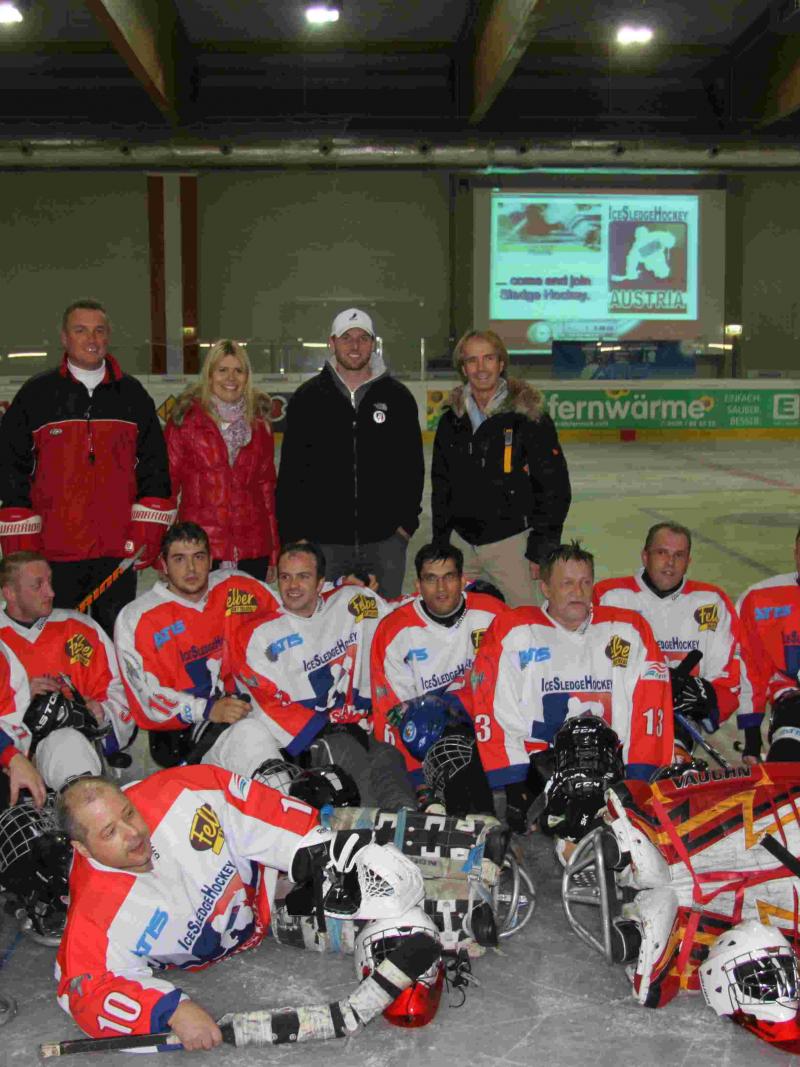Ice sledge hockey growing triple-fold
In the last 16 years eight countries have been added to the ice sledge hockey World Championship programme. 23 Nov 2012
Sylwester Flis has helped Poland develop their ice sledge hockey programme as both a player and a coach.
“I think that’s a pretty smart idea of having it in a country that doesn’t have an ice sledge hockey team. It’s a pretty strategic idea to try to expand the sport.”
When the first IPC Ice Sledge Hockey World Championships took place in 1996, only six countries were able to field teams for the event.
In 2012, that number has almost tripled, with 14 countries having teams at the World Championships this season in addition to three other nations having established programmes.
For this reason – to help grow the sport even further – last week’s B Pool World Championships were held in Serbia, a country that does not yet have a programme but is thinking of establishing one for the future.
“I think that’s a pretty smart idea of having it in a country that doesn’t have an ice sledge hockey team,” Polish player-coach Sylwester Flis said. “It’s a pretty strategic idea to try to expand the sport.”
Ice sledge hockey is no longer confined to just Canada, USA and Norway. It has expanded across western Europe and into Asia, and many of the sport’s staff are looking to move it even further, mentioning bringing the sport to countries such as Croatia, China and Australia.
In 2013, Asia will host a World Championships – two for that matter – for the first time in the sport when the B Pool event goes to Nagano, Japan, in March and the A Pool event takes place in Goyang City, Korea, a month later.
Austria and Russia, meanwhile, just made their World Championship debuts, and Finland and Slovakia have new programmes that could very soon rise to the international stage.
The Austrians had their equipment donated by NHL player Thomas Vanek, and nobody thought Russia would be B Pool world champion after just forming their team two years ago.
“Two years ago, we started playing sledge hockey and were very slow and not good at the technical parts,” Russia’s Dmitry Lisov said. “But now, I think that there’s been a big progress in our team.”
Despite the influx of new programmes, several of them still lack funding and are just fighting to keep their existence.
“We’re staying alive pretty much,” Flis said of Poland. “It’s not the best situation.”
“I personally think if we had the adequate number of players, the funding would be there. More players means better choices of quality players and that turns into better success.”
Flis said the easiest way to enlarge their programme is for players to recruit other players, particularly athletes who will cross over from other sports.
The hardest part in starting up a programme is finding the funds for sledges, which typically cost a minimum of EUR 500 each, as well as securing other equipment and ice time.
“But once you get going with equipment and ice, you can focus on teaching the players the actual game and it’s great,” Flis said.

 Facebook
Facebook
 Instagram
Instagram
 Twitter
Twitter
 Youtube
Youtube


